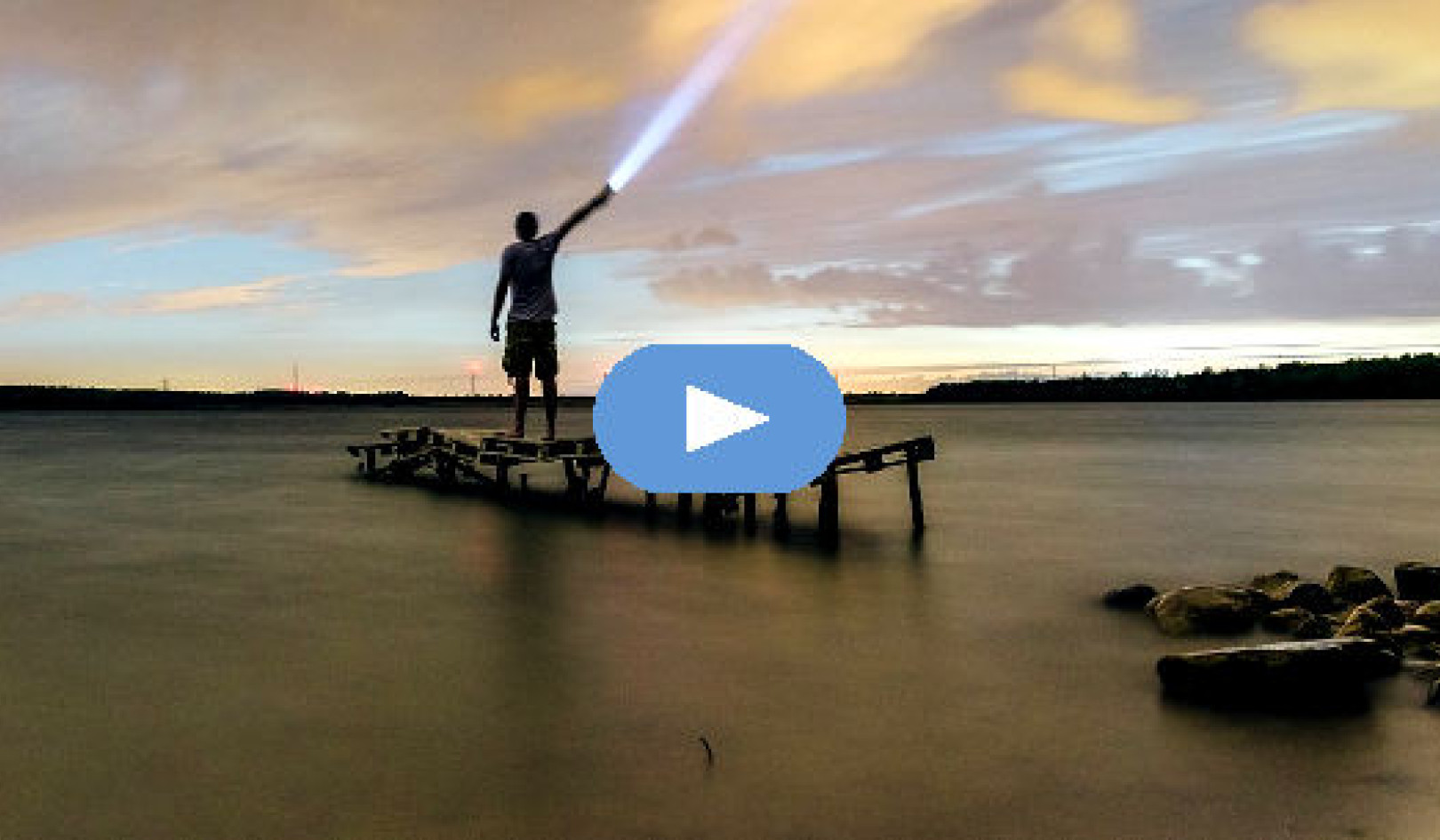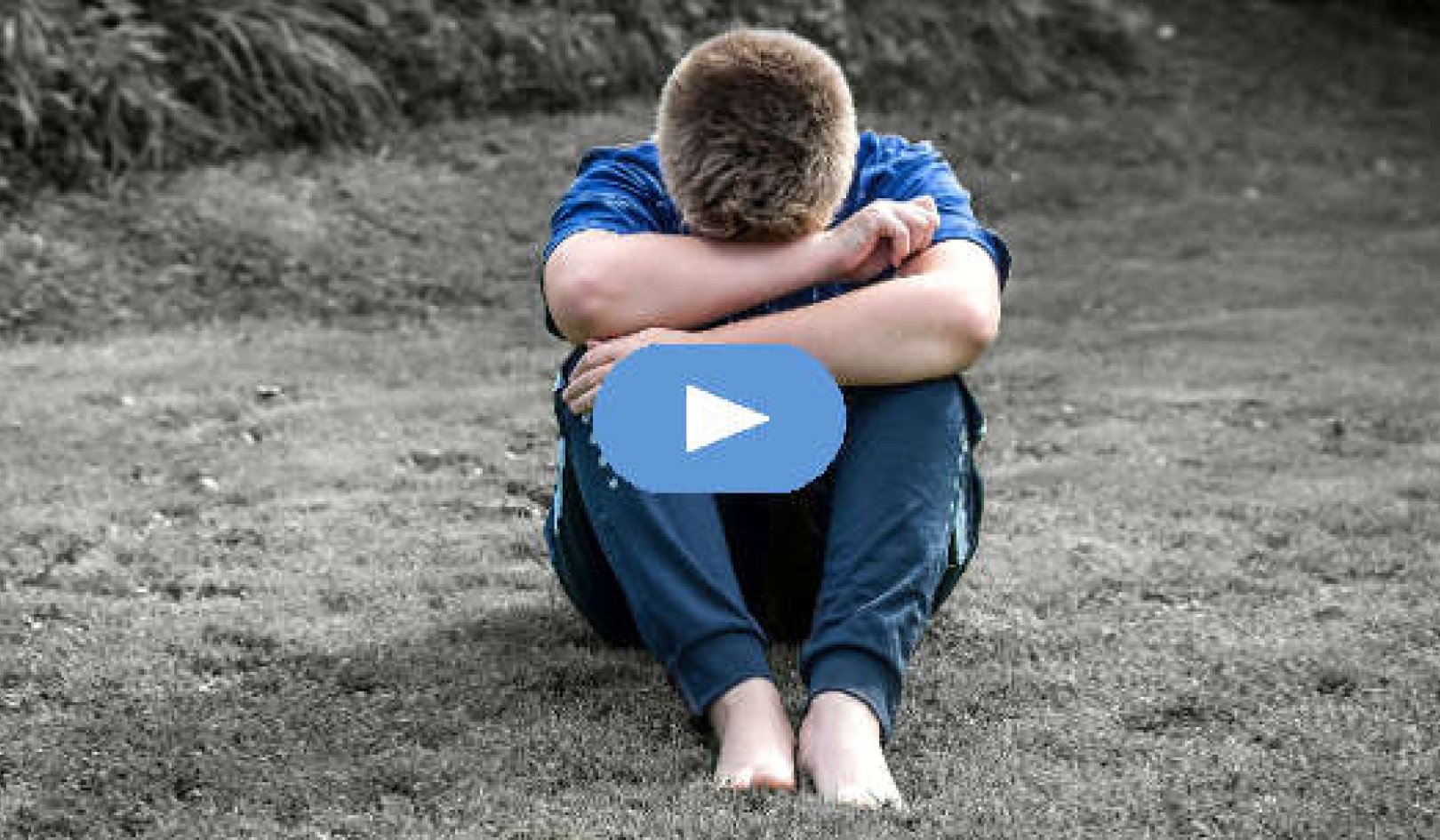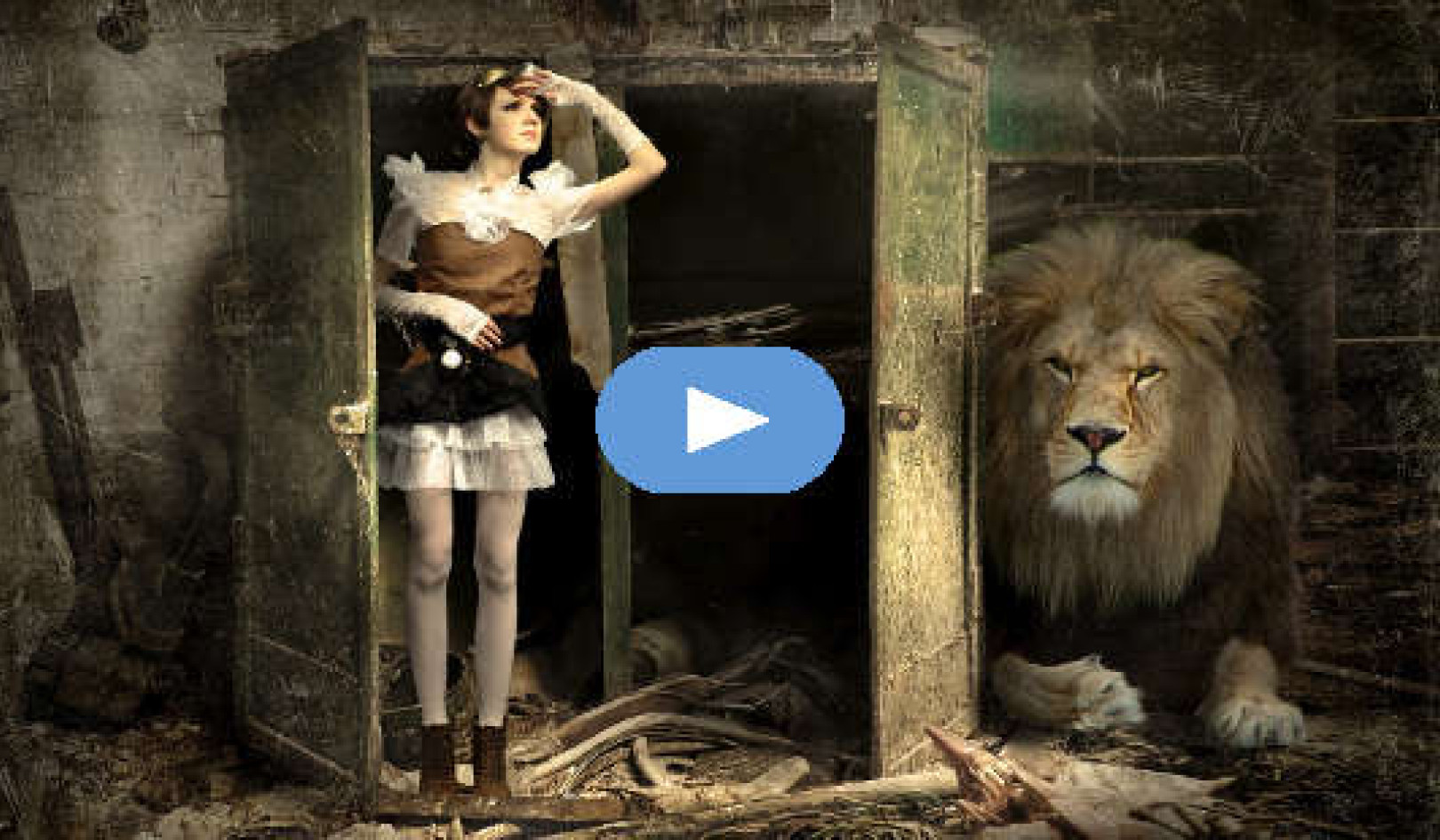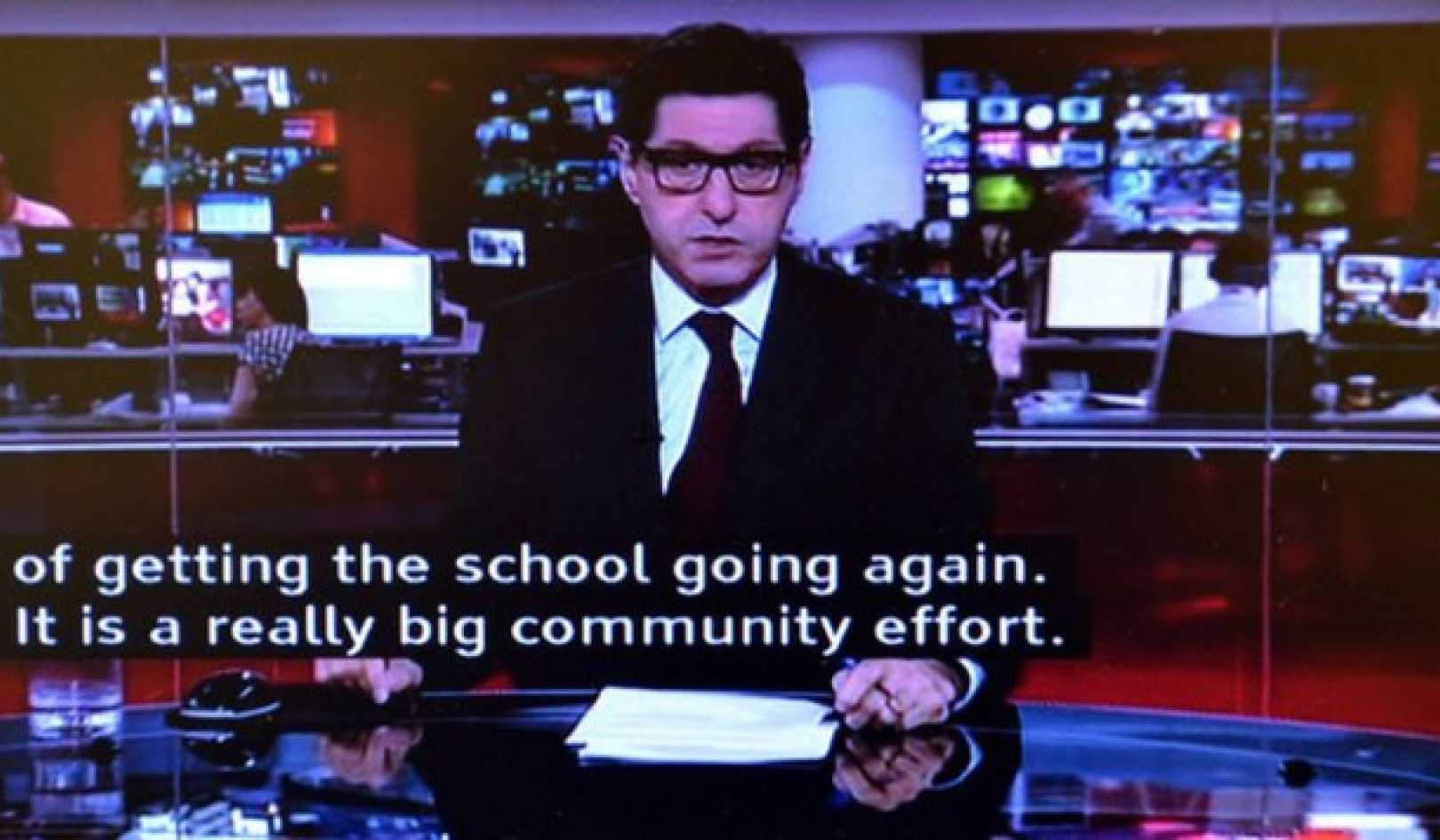
The cave you fear to enter holds the treasure you seek.
– Joseph Campbell
How come some people love wild roller coaster rides, while others are scared of them? It all starts with your thoughts! You have the mechanism to be anxious or to enjoy life—it really is up to you in the end. The key is changing the thought and retaking control of what you’re thinking.
While I know it may not sound possible right now, this is something you can do. If you have the mechanism to be afraid, you also have the mechanism to enjoy life and move through anxiety!
Your Hero’s Journey
We’re in a free-fall into future. We don’t know where we’re going. Things are changing so fast, and always when you’re going through a long tunnel, anxiety comes along. And all you have to do to transform your hell into a paradise is to turn your fall into a voluntary act. It’s a very interesting shift of perspective and that’s all it is . . . joyful participation in the sorrows and everything changes. —Joseph Campbell
I have already quoted mythologist Joseph Campbell twice in this chapter. I first came across Campbell’s work as a high school student in the mid-1980s, when I saw the Power of Myth series on PBS. Filmed over a few days at George Lucas’s Skywalker Ranch, the program features Bill Moyers in conversation with Joseph Campbell. In this interview, Campbell discusses a concept called the “hero’s journey” and relates it to both ancient civilizations and our modern world.
The typical hero (or heroine) story was about someone who may have lived a normal life for a time, went through a great challenge, and somehow came out on the other side transformed. Because these heroes are not looking to be heroic and usually feel out of place where they are, they experience anxiety of their own. At the end of the story, the hero always ends up wiser and is restored to an even higher sense of self and purpose in the world.
Famous examples of the hero’s journey include major figures from world religions, such as Buddha, Moses, Mohammed, and Jesus. Classic literature also carries the hero theme—there is the character of Odysseus from the Odyssey or Stephen in James Joyce’s Portrait of the Artist as a Young Man. Popular culture repeats the same beautiful theme with characters like Dorothy from the Wizard of Oz, Harry Potter, Disney’s Mulan, Spiderman, and Luke Skywalker from Star Wars.
What I am trying to get at is that you are the hero or heroine, too! Don’t look around the room—I am talking to you . . . yes, you.
Your Challenges Are Part of Your Hero's Journey
We need to talk about the challenges you are facing, how to think about them as a part of the hero’s journey, and how to get you to the other side. From now on, you are not a vulnerable person facing insurmountable problems. Rather, you are someone with challenges that can be worked through.
Today, maybe for the first time, you are going to summon the hero you have in you—the hero we have in all of us—and learn to move through the murky darkness into a new light of understanding, a light of calm, love, and greatly reduced anxiety.
How to Change Your Thoughts in Three Steps
To help with this metamorphosis, we will focus on three steps.
- Bring in new information
- Write it, rate it, and change the thought
- Think like a Buddhist
Step 1: Bring In New Information
There’s an old saying someone told me when I started this journey for myself: “Keep doing the same thing to keep getting the same results.” Similarly, if you keep thinking the same thoughts, you will continue to invoke the fear reaction you have been dealing with all this time.
At one point in my life, I thought I couldn’t ride on an airplane anymore. In fact, I was sure of it. These feelings were so strong—the panic was too overwhelming. But in the long run, it turns out that the thought was wrong—and I was wrong. These days I fly all the time, giving lectures and traveling for fun. I worked on changing my thoughts about airplane rides, and you can change your thoughts, too.
The first step to changing your anxiety is to start bringing in other ideas. The messages we tell ourselves make all the difference.
We have to start bringing in new messages—messages that look at the roller coaster and say “hey—that looks fun” versus “I am going to die.” Now, I am not saying that you have to go on a roller coaster. Whatever your personal roller coaster is, you have to “transform that hell into a paradise.” It is within you to do this.
Step 2: Write It, Rate It, and Change the Thought
Write It
The alcoholic’s main issue is clear—too much drinking. Do you know the first step the alcoholic takes toward recovery? Recognizing and admitting that he or she is drinking too much. Some alcoholics don’t even realize they are going for that drink. The habit has become so ingrained, they aren’t even conscious of what they are doing. So the first step is that simple—just notice when you take a drink.
Like alcoholics, those of us who are anxious move to anxious thoughts without even realizing we are doing it! Even though we always have a choice, we default to anxiety. I remember I used to wake up in the morning, and already the negative messages were buzzing:
“This is going to be a bad day.”
“I won’t be able to get everything done that I need to.”
“I will probably fail at what I want to do.”
There’s no way in the world someone can succeed if they are thinking that way. When you have anxious thoughts, you are keeping the anxiety going. When we are angry or scared, we bottle it up inside us until it comes out as anger and negative thinking. This negative thinking has to stop.
How can you stop it? The first step is recognizing it when it happens. Pick up a notebook or find a spot on your cell phone where you can make a note every time you catch yourself having a negative thought. Do it throughout the day for the next two days. When I first did this exercise, my hand hurt because I was writing all day!
I have noticed that when I ask my patients to do this, some people will make a note in their head but not physically write it down. While noting in your head is a first step, it is not enough to accomplish your goals. So don’t just think about it—write it down. This is key.
Why write it? Basically, if you write down the thoughts and then read them, you will be able to process them through more parts of your brain and create a better perspective. When you have a better perspective, things feel less scary, and you are more amenable to positive change.
Rate It
Once you have written your thought, I want you to give it a score, from one to ten, of how strong it is for you. A one is a pretty weak thought that doesn’t cause much anxiety. A ten is very strong—your anxiety is through the roof.
Change the Thought
Once you have rated your anxious or negative message, the next step is to ask yourself whether it is really true. If it is true, you can make a realistic plan to fix the problem. If it is not true (most are not), write down a more positive thought. Here are some examples:
“This is going to be a bad day.”
7/10
Is this true? No.
The new thought: No one has a crystal ball, and I am sure there will be good aspects to this day.
“I won’t be able to get everything done that I need to.”
5/10
Is this true? Yes.
The new thought: I might be doing way too many things—more than any one person can do. I will prioritize my tasks and be okay with whatever I can do. The things that don’t get done? Well, I will get to them tomorrow.
“I will probably fail at what I want to do.”
4/10
Is this true? No.
The new thought: I do many things well. I can only try my best today. Anything that doesn’t go well I can learn from and use it to my advantage to do even better tomorrow.
When anxiety is controlled, it can help you stay alert and interested. We are not going to rid you of 100 percent of your anxiety—for some anxiety is good to keep you sharp and focused. We are just redirecting the anxiety when it becomes debilitating.
I have realized that I am an anxious person—and that is okay as long as I have compassion for myself and use the anxiety to better myself rather than stopping myself. When anxiety stops me, I work on changing the thought.
Step 3: Think Like a Buddhist
First, let me say that I am not suggesting that you have to become a Buddhist.
I do want to explain, though, that much of my own anxiety came from two sources: trying to distract myself from things I did not want to think about in my own life, and a simple fear of death. Learning about Buddhist ways of thinking helped me lessen my anxiety and get on with life.
If you are in the present moment, it is impossible to be anxious. Anxiety is all about being worried about the future or being upset about the past. The present moment is incompatible with anxiety.
Anxiety is a lot like the alien from The Blob. Remember that movie? It’s a science fiction and horror film from 1958 about an alien amoeba that comes to a small Pennsylvania town and feeds on citizens and property. The more it consumes, the larger the creature grows. Once the Blob gets a hold on something, it wants to take more and more. A twenty-seven-year-old Steve McQueen figures out the blob’s weakness—the cold. The townspeople use fire extinguishers to beat back and defeat the alien.
My “anxiety blob” took up more and more of my life, and I allowed it to flourish. That is, until I figured out anxiety’s weakness: reframing my thoughts and taking care of my health!
Looking back, I know that no person or situation was the cause of my anxiety. The real reasons for my anxiety? These were lack of sleep and exercise, poor diet, and, even more, I was worried about my future, and I was scared of death. Once I took responsibility for these things and stopped blaming others, the anxiety was greatly diminished.
My anxiety blob made me aware that something was out of balance, and it distracted me from more important issues. It is likely that your anxiety blob is born from a number of physical and emotional issues that need your attention.
What situations or people do you blame for your anxiety? Are these feelings distracting you from taking responsibility for your life and moving forward?
©2015 by Peter Bongiorno. All rights reserved.
Reprinted with permission of the publisher, Conari Press,
an imprint of Red Wheel/Weiser, LLC. www.redwheelweiser.com.
Article Source
 Put Anxiety Behind You: The Complete Drug-Free Program
Put Anxiety Behind You: The Complete Drug-Free Program
by Peter Bongiorno, ND, LAc.
Click here for more info or to order this book on Amazon.
About the Author
 Dr. Peter Bongiorno is a licensed naturopathic doctor and acupuncturist with offices in NYC and Long Island, and an adjunct faculty member at New York University. He is a graduate of Bastyr University, the leading accredited university for science-based natural medicine. Dr. Bongiorno is vice-president of the New York Association of Naturopathic Physicians, a member of the American Association for Naturopathic Physicians, Physicians for Social Responsibility, and a Diplomat in Acupuncture. He has contributed to The Textbook of Natural Medicine, and The Biology of Depression and Dr. Michael Murray's Encyclopedia of Healing Foods. He has worked as a researcher at the National Institutes of Health and Yale University, and has co-authored numerous medical journal articles in the field of neuroendocrinology. Visit him at www.innersourcehealth.com.
Dr. Peter Bongiorno is a licensed naturopathic doctor and acupuncturist with offices in NYC and Long Island, and an adjunct faculty member at New York University. He is a graduate of Bastyr University, the leading accredited university for science-based natural medicine. Dr. Bongiorno is vice-president of the New York Association of Naturopathic Physicians, a member of the American Association for Naturopathic Physicians, Physicians for Social Responsibility, and a Diplomat in Acupuncture. He has contributed to The Textbook of Natural Medicine, and The Biology of Depression and Dr. Michael Murray's Encyclopedia of Healing Foods. He has worked as a researcher at the National Institutes of Health and Yale University, and has co-authored numerous medical journal articles in the field of neuroendocrinology. Visit him at www.innersourcehealth.com.
Watch a video with Dr. Peter Bongiorno and Pina LoGiudice: We Have Medicinal Power from Food Choices

























